Gold Price Vs. Stock Market: 2022 Edition
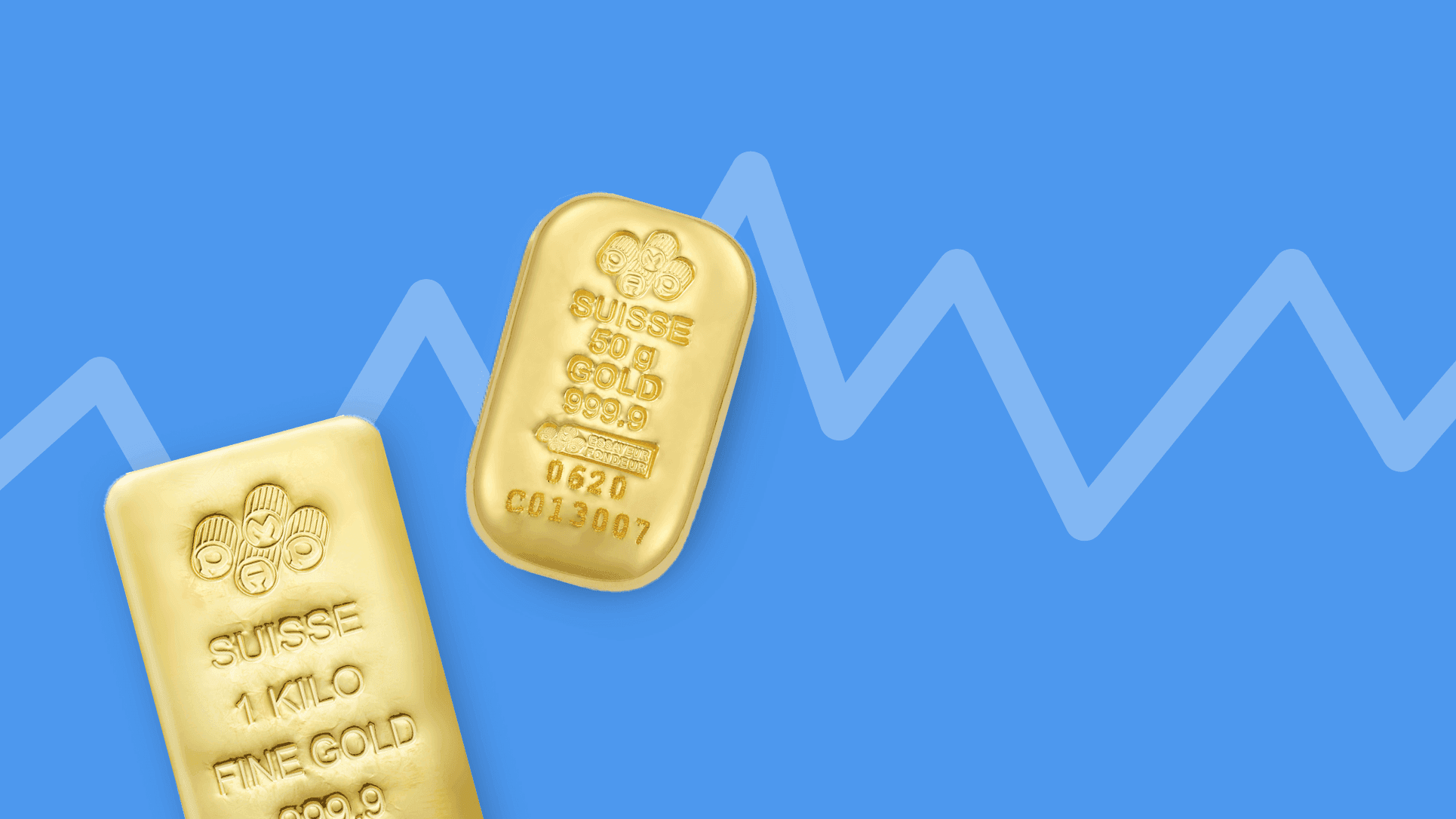
Since the start of 2022, the stock market has been on a wild ride, while gold was close to hitting a new record high in March. Which has performed better so far? We guess you already know.🙃
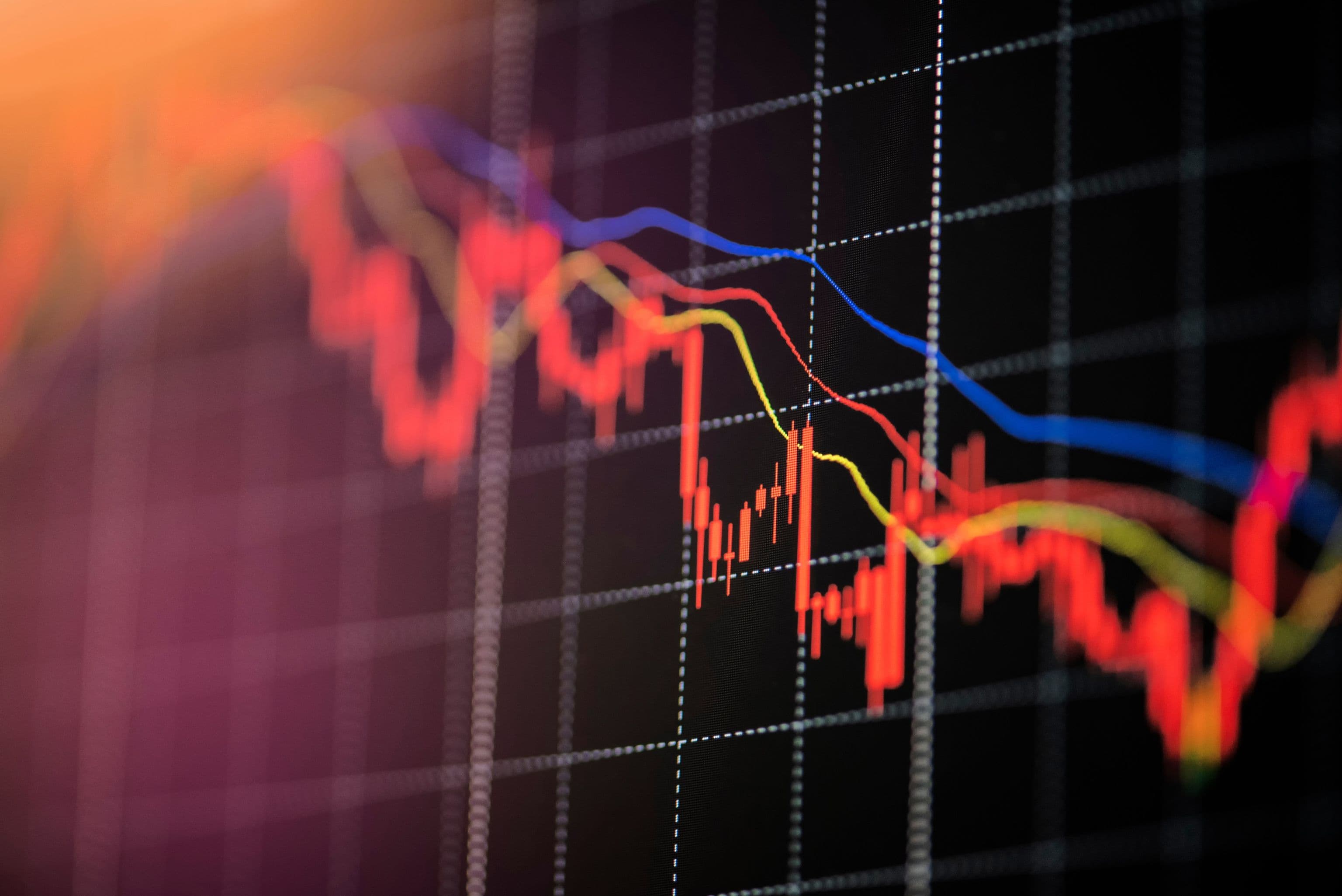
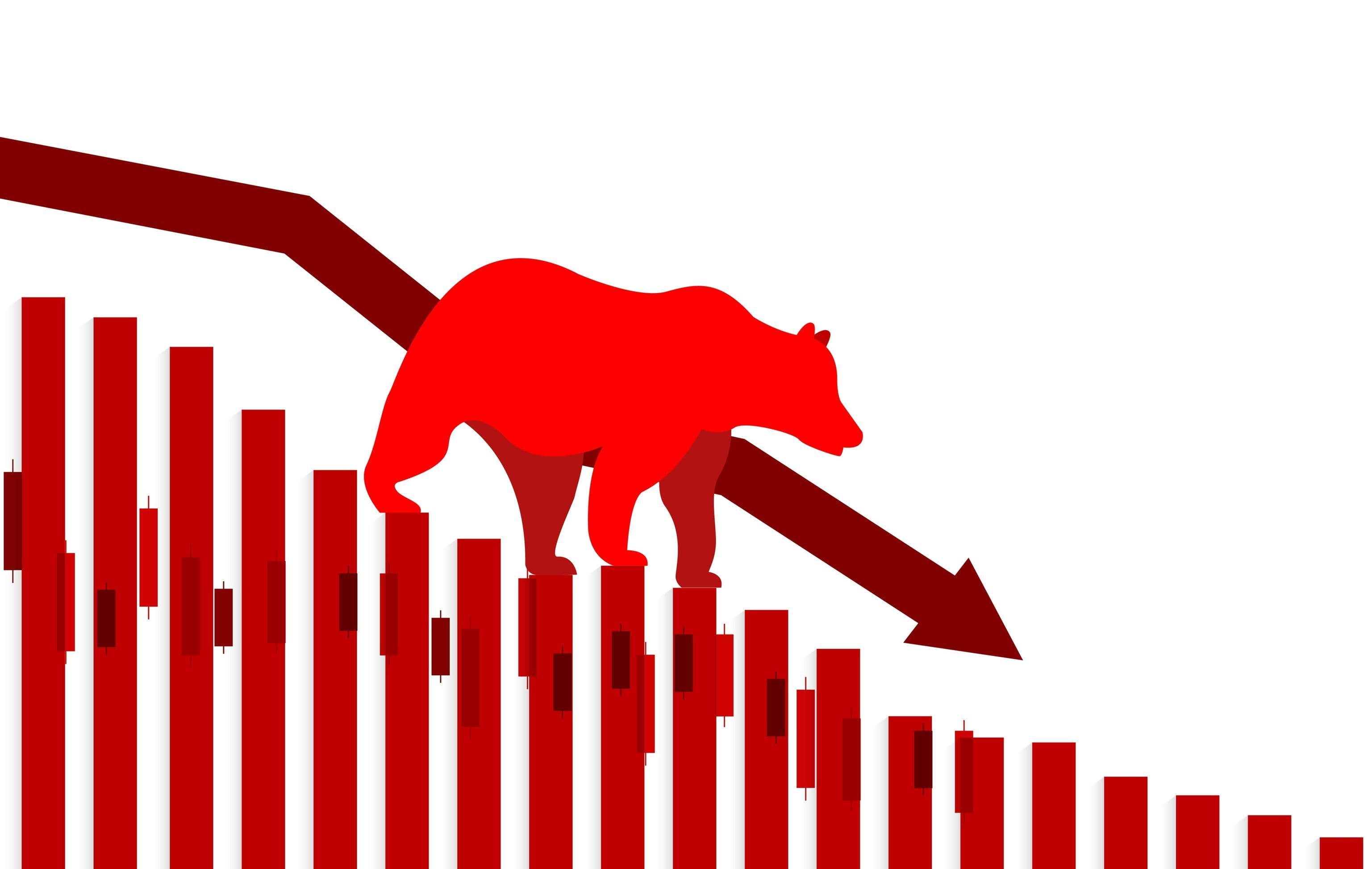

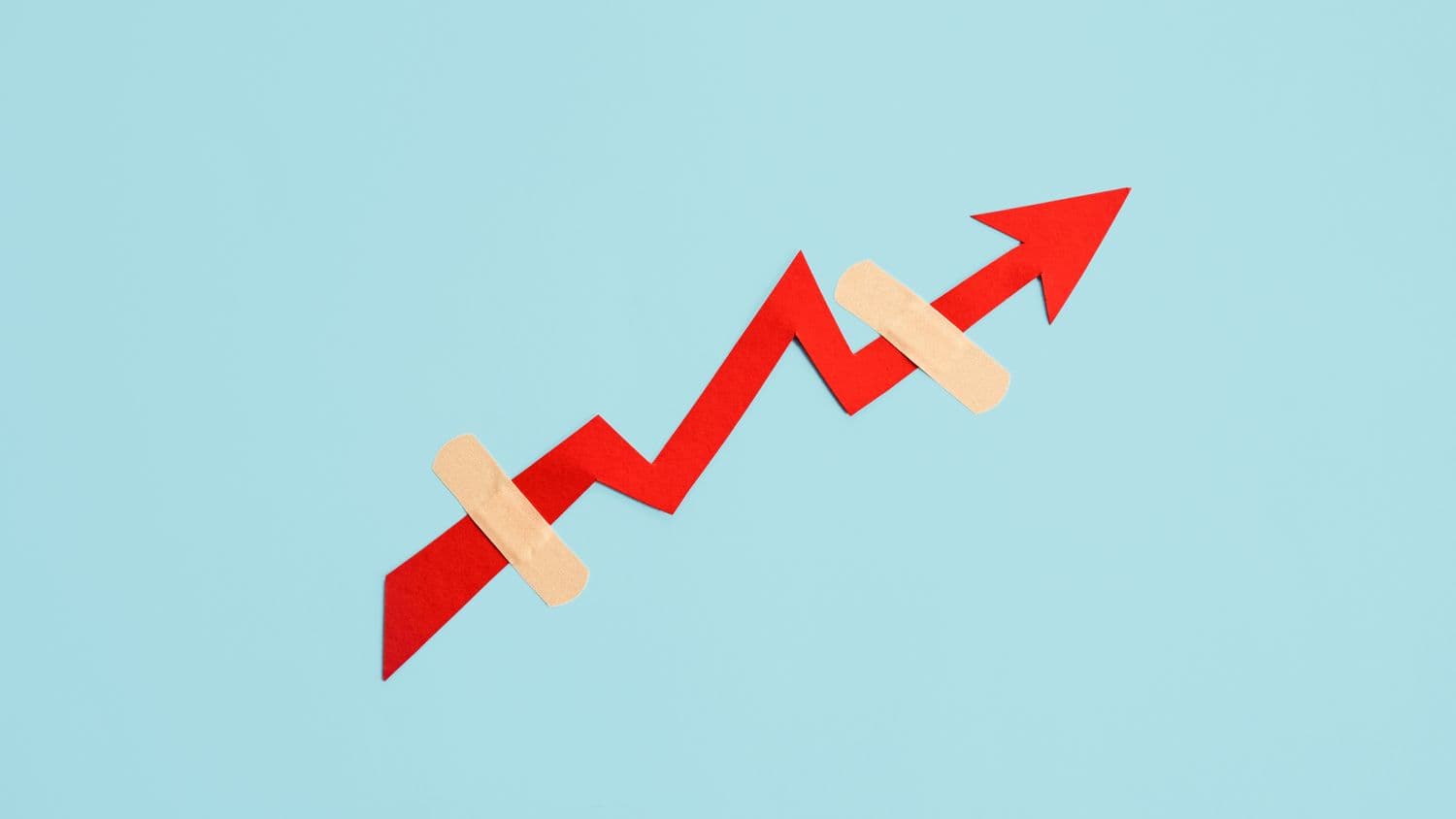

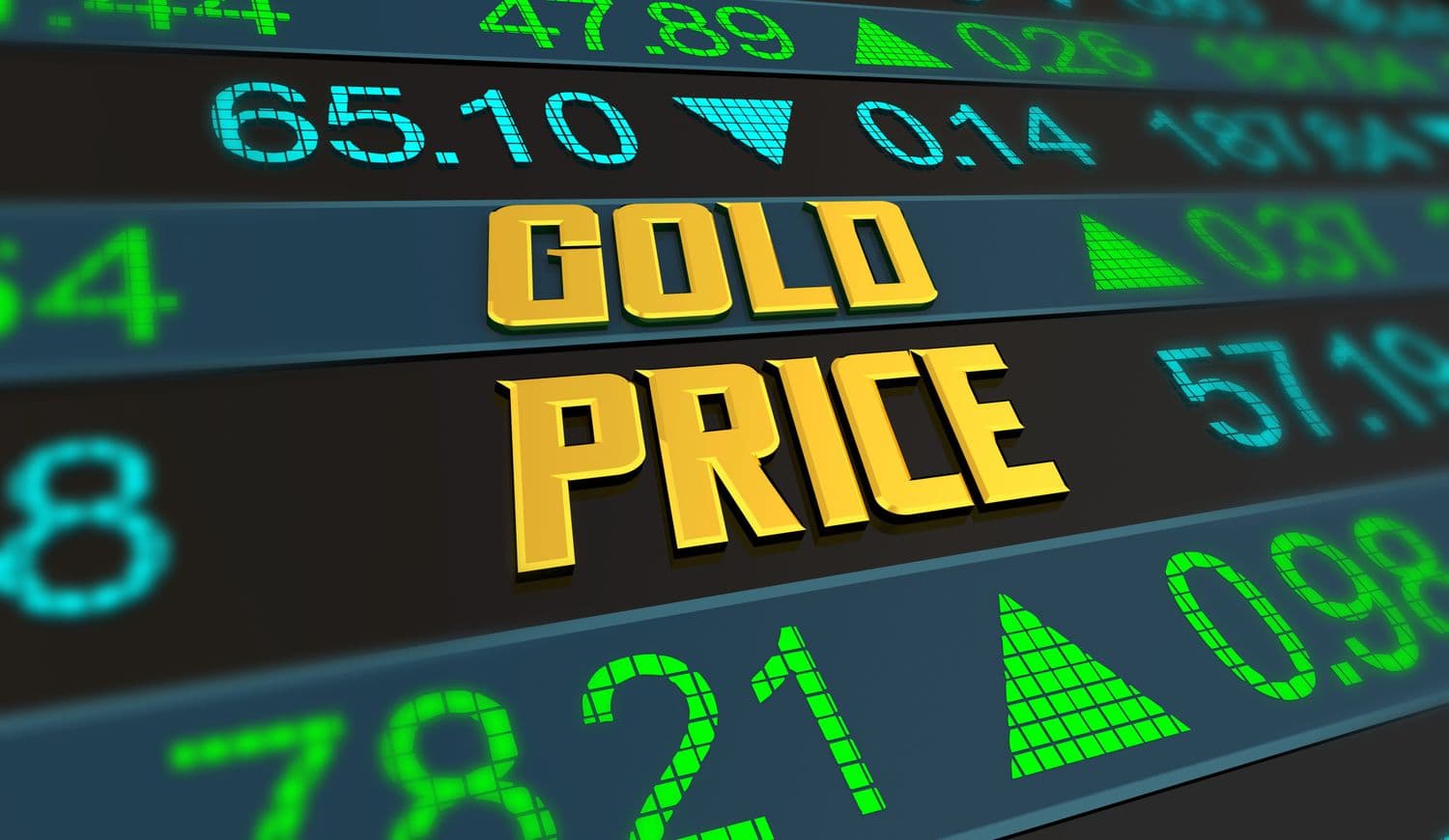

Since the start of 2022, the stock market has been on a wild ride, while gold was close to hitting a new record high in March. Which has performed better so far? We guess you already know.🙃





